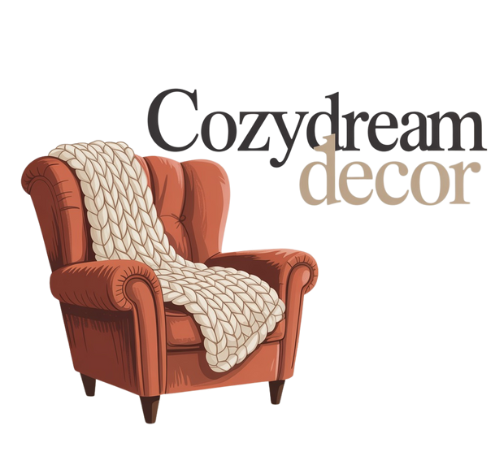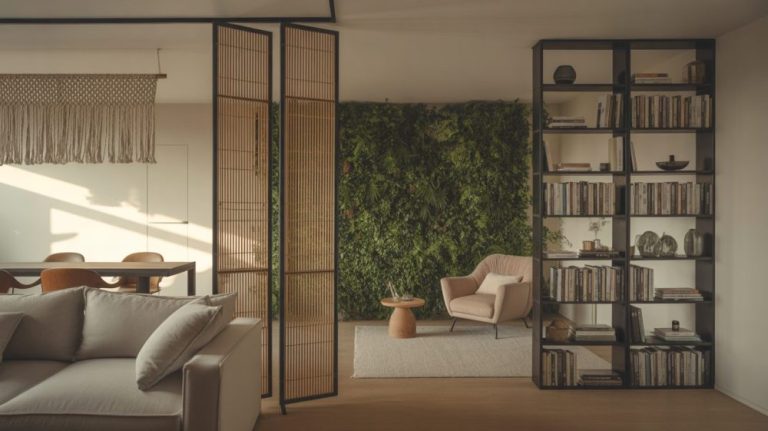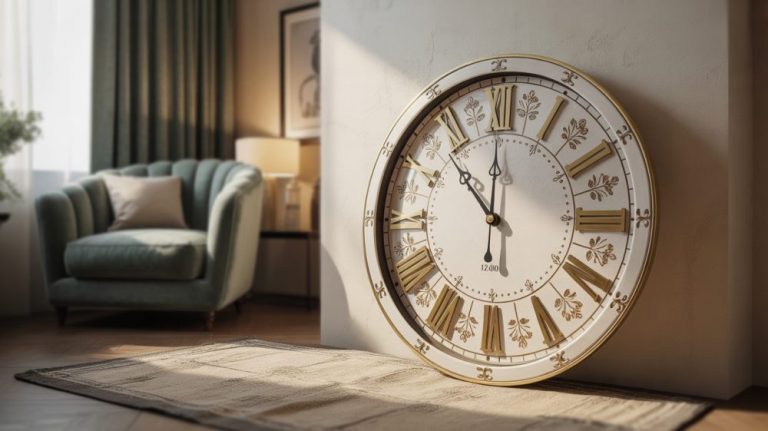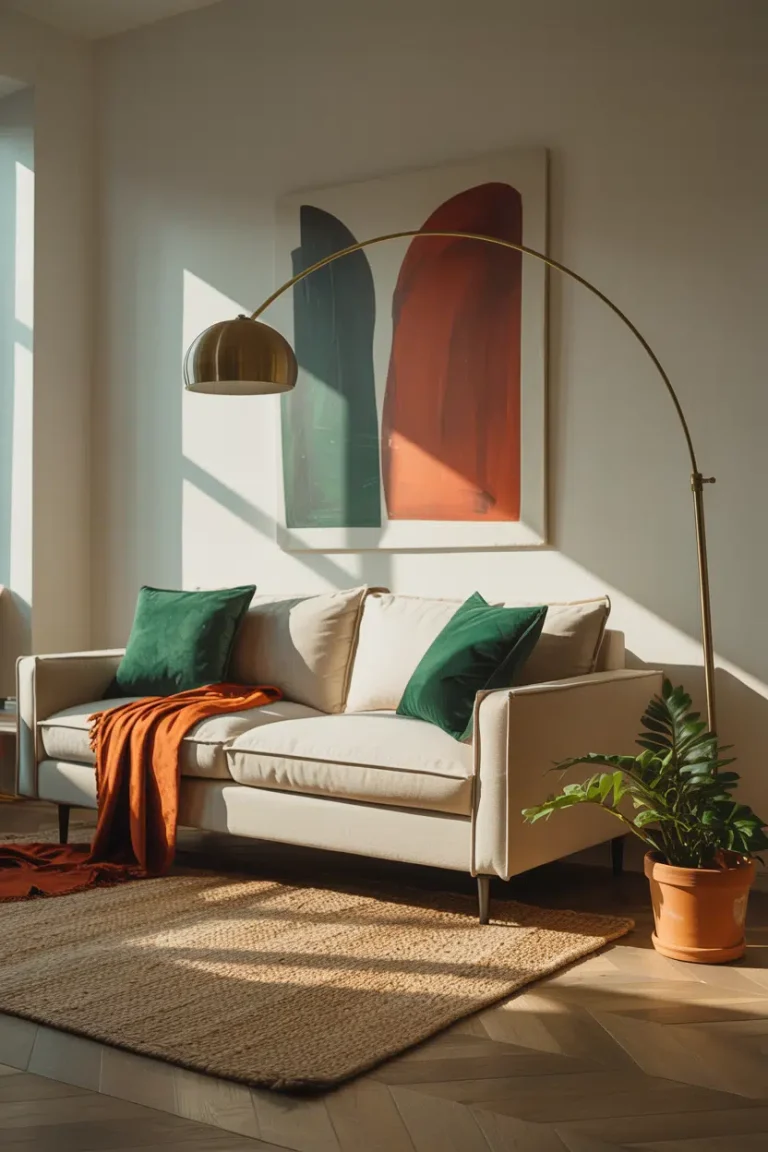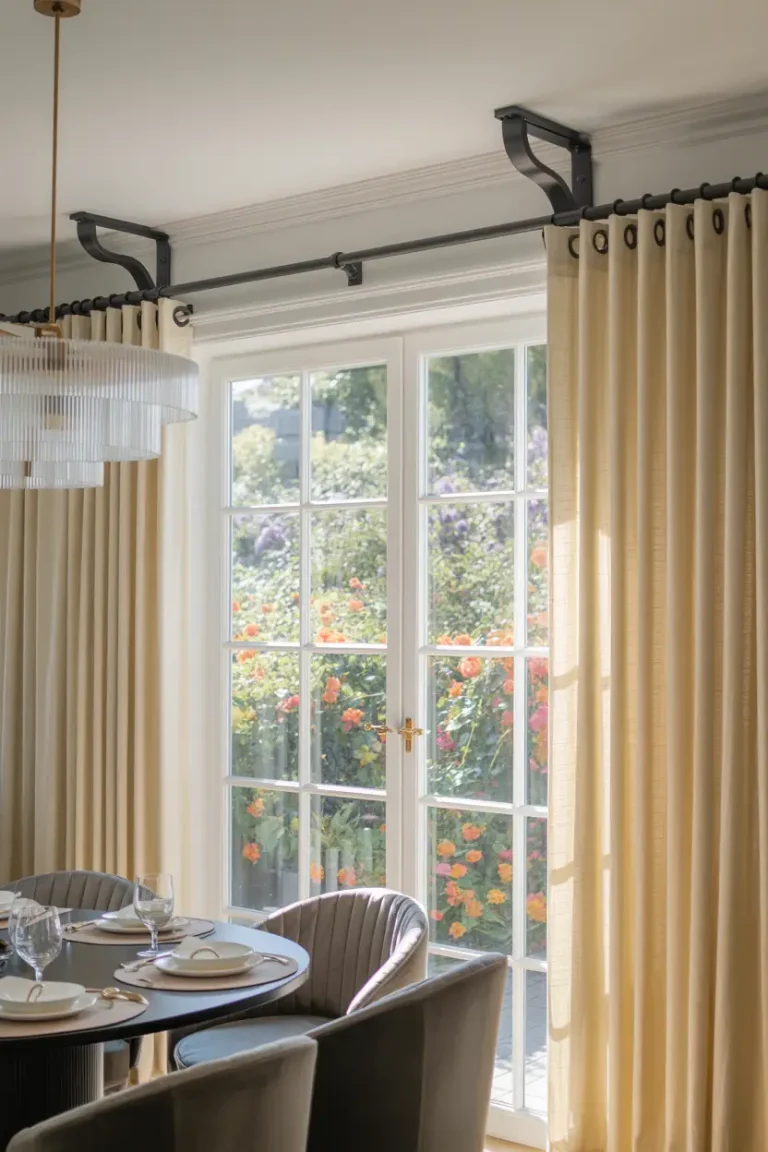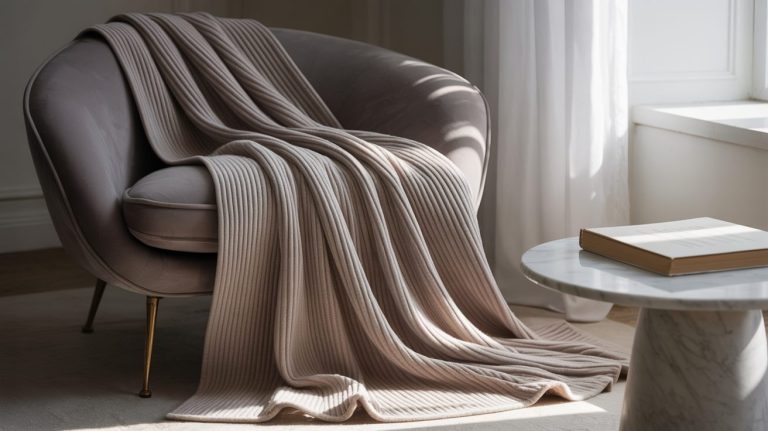How to Decorate Your Home on a Budget: Affordable Room Makeovers
Decorating a home doesn’t need to be expensive to look stylish and inviting. With some smart planning and a focus on affordable choices, anyone can create a beautiful space without overspending. The key is to set a budget, focus on small changes, and choose pieces that add both function and charm without costing a lot.

Using simple tricks like repurposing items, adding a fresh coat of paint to one wall, or hunting for unique vintage pieces can give a home personality and warmth. These approaches help avoid costly mistakes while making a space feel thoughtfully designed and welcoming.
By working within a budget and focusing on creativity, a home can be transformed step by step in a way that feels personal and fresh. It’s about making smart decisions rather than spending more, proving that style doesn’t have to come with a big price tag.
Key Takeways
- Planning and organizing help create a clear decorating path.
- Small, affordable updates can make a big difference.
- Personal touches bring character without high costs.
Prioritize Decluttering and Planning

A clear, organized space forms the foundation for budget-friendly decorating. Setting limits on spending and choosing colors that work well together help make the best use of time and money.
Streamline Possessions to Showcase Space
Removing excess items opens up a room and lets the best features stand out. This means sorting through belongings one area at a time, deciding what to keep based on usefulness and joy, and getting rid of or donating what no longer fits.
A clutter-free space looks larger and more inviting without extra cost. It also makes decorating easier by showing the available surfaces, walls, and floors clearly.
Establish a Realistic Decorating Budget
Before buying anything, setting a realistic budget is essential. This helps avoid impulse purchases and focuses spending on key pieces.
Divide the budget into categories, such as furniture, accessories, and paint. For example:
| Category | Percentage of Budget |
|---|---|
| Furniture | 50% |
| Accessories | 30% |
| Paint/Decor | 20% |
Tracking expenses ensures the decorating process stays within limits and prioritizes spending on impactful items.
Select a Cohesive Color Palette
Choosing a consistent color palette ties a room’s look together without extra expense. Limit the palette to three to four colors including neutrals, accent tones, and one or two bolder shades.
Using similar colors across walls, furniture, and decor creates harmony. This approach makes secondhand or repurposed items worked into the scheme feel intentional and stylish rather than mismatched.
Affordable Home Decor Strategies

Budget-friendly decorating relies on smart choices rather than big spending. Finding unique items, using your creativity to make decor, and improving what you already own can save money and add style. Exploring secondhand shops, making DIY projects, and browsing online marketplaces give different ways to update your space without overspending.
Shop Secondhand and Thrift Stores
Thrift stores and vintage shops offer affordable furniture and decor that bring character to a home. These places often have gently used items that cost much less than new ones. Shoppers can find unique pieces that stand out, such as lamps, rugs, or artwork.
When shopping secondhand, it helps to focus on condition and potential. Even if an item needs some repair or a fresh coat of paint, it can become a one-of-a-kind part of the room. Checking stores regularly increases the chance of finding good deals. This approach supports recycling and reduces waste while saving money.
Embrace DIY Home Decor Projects
DIY home decor projects turn simple materials into stylish accents. Creating your own art, cushions, or wall shelves lets people customize their home with personal touches and save money. Basic supplies like paint, fabric, and wood often cost less than store-bought items.
Easy projects include painting old furniture, making candle holders from jars, or sewing throw pillow covers. Step-by-step guides online help beginners complete these tasks. Taking time on DIY projects adds a creative element to decorating and results in unique pieces that fit a home’s style exactly.
Repurpose and Upcycle Existing Furniture
Repurposing means giving old furniture new use or appearance. Instead of buying new pieces, updating existing ones refreshes a space sustainably and cheaply. Simple changes like changing knobs, sanding and repainting, or adding decals can transform items.
Upcycling involves improving furniture to increase its function or beauty. For example, turning a dresser drawer into a shelf or converting a wooden crate into a side table. This strategy maximizes what’s already in a home, reduces waste, and keeps costs low while creating custom decor.
Source Unique Finds from Online Marketplaces
Websites and apps like Oodle and others offer a wide range of home decor items at lower prices. Buyers can filter listings by location, price, or style, making it easy to find affordable furniture, vintage decor, or accessories.
Shopping online allows comparison of many options without leaving home. It helps discover hidden gems that fit specific tastes or match current decor. When using these platforms, safety tips include meeting sellers in public places and inspecting items before buying. This method often yields good deals and rare finds for a personalized look.
Creative Design Ideas on a Budget

There are many ways to freshen up a home without spending much money. Using simple materials and smart choices can add style and personality to any room. Small changes like wall treatments, patterns, and plants can make a big impact on a tight budget.
Create an Accent Wall with Paint or Wallpaper
An accent wall adds color and focus to a room without the cost of painting every wall. Choosing one wall to paint a bold color or add wallpaper can brighten the space and create interest.
Using just one coat of paint or one roll of wallpaper limits cost. Dark or bright colors work well to highlight a space behind a bed, couch, or dining area. Patterns can add style but keep the rest of the walls neutral to avoid overcrowding.
Painting is the most budget-friendly option, but wallpaper can add texture and complexity. Careful planning will help keep paint or wallpaper from bleeding to other areas.
Use Removable Wallpaper and Wallpaper Borders
Peel and stick wallpaper is an affordable, easy way to decorate. It sticks directly to walls without glue or water and can be removed without damage. This makes it perfect for renters or those who like to change styles frequently.
Wallpaper borders are a low-cost way to add design detail to wall edges or chair rails. They come in many patterns and colors, creating visual breaks or highlighting specific areas like kitchens or bathrooms.
Removable wallpaper borders are simple to apply and reposition when needed. Both peel and stick wallpaper and borders offer flexibility and style without the commitment or expense of traditional wallpaper.
Incorporate Pattern and Texture
Adding pattern and texture can make a room feel complete and interesting. This can come from textiles like throw pillows, rugs, or curtains, which are often inexpensive to update.
Mixing textures, such as smooth fabrics with rougher materials, adds depth. Patterns in geometric, floral, or striped designs bring energy and a sense of style.
Even small touches such as patterned lampshades or textured baskets give character. These changes require no skill and can be swapped easily when tastes change.
Add Greenery with Affordable Indoor Plants
Indoor plants bring life and freshness to any space. Low-maintenance plants like snake plants are affordable and easy to care for. They need little water and light, making them great for beginners.
Using plants in simple pots or recycled containers keeps costs down. Grouping several small plants together creates a natural display that uplifts a room’s look.
Besides decoration, greenery improves air quality and mood. Adding plants is a budget-friendly way to boost home style and comfort.
Personalize and Elevate Your Space
Creating a home that feels both unique and stylish does not require a big budget. Careful choices in decoration can highlight personality while enhancing the overall look. Small investments in key areas can make a strong impact without overspending.
Style with Wall Art and Gallery Walls
Wall art offers an easy way to bring character and color into any room. Choosing pieces that reflect interests or memories makes the space more personal. Gallery walls combine multiple frames of different sizes and styles to create a curated, dynamic display.
To start a gallery wall, pick a theme or color scheme for cohesion. Arrange framed photos, prints, or artwork on the floor to plan before hanging. Use affordable frames or mix old and new to add texture without high costs.
Wall art can also include tapestries, mirrors, or shelves with decorative objects. This adds depth and interest. Position art at eye level to create balance and invite attention to the walls.
Layer Lighting Using Candles and String Lights
Lighting affects mood and the perception of space. Combining different light sources adds warmth and dimension. Candles are inexpensive and bring soft, flickering light that makes any area feel cozy and inviting.
String lights offer flexible, gentle illumination and can be draped across walls, windows, or furniture. They are a low-cost option that adds both ambient and decorative appeal.
When layering lighting, aim for at least three sources: overhead, task, and accent. Use candles on tables or shelves and string lights to highlight architectural features or artwork. Battery-powered and rechargeable options make placement easier without needing extra wiring.
Showcase Sentimental and Handmade Decor
Incorporating personal or handmade items gives a space a distinct feel. Objects like family photos, heirlooms, or DIY crafts make rooms feel lived-in and meaningful.
Displaying these pieces on shelves, mantels, or as part of a gallery wall highlights their importance. Group items by color or theme to create a polished look.
Handmade decor, such as knitted throws, painted pots, or crafted ceramics, adds texture and originality that can’t be bought in stores. These accents show creativity and add value beyond price tags.
